
Cultivated meat
This is your guide to cultivated meat. Explore our tools, resources, and expert analysis of the cultivated meat industry.
What is cultivated meat?
Cultivated meat is meat produced directly from cells. The process of cultivating meat uses the basic elements needed to build muscle and fat and enables the same biological process that happens inside an animal. Cultivated meat is identical to conventional meat at the cellular level.
Where does cultivated meat fit in the alt protein landscape?
Compared to the other pillars of alternative protein production – plant-based and fermentation – cultivated meat is a more recent innovation.
However, the idea of cultivating meat without the animal has a long history. In 1931, Winston Churchill predicted, “We shall escape the absurdity of growing a whole chicken in order to eat the breast or wing, by growing these parts separately under a suitable medium.”
Professor Mark Post and his team at Maastricht University debuted the first cultivated burger in August 2013. In 2016, the first cultivated meat company, UPSIDE Foods, launched publicly. Mosa Meat and Super Meat soon followed. GOOD Meat sold the first cultivated meat product in 2020, debuting chicken nuggets at a restaurant in Singapore. By the end of June 2025, there were seven total regulatory approvals for cultivated meat. In the United States, two cultivated chicken products from UPSIDE and GOOD Meat, as well as a cultivated salmon product from Wildtype, have received the green light. Singapore has approved both cultivated chicken from GOOD Meat and quail from Vow Foods, while Israel has approved cultivated beef from Aleph Farms. Vow’s cultivated quail has also been approved in Australia.
Why is cultivated meat important?
Using animals to convert plants to meat is incredibly inefficient. According to the World Resources Institute, it takes nine calories of food fed to a chicken to get one calorie back out in the form of animal flesh, and chickens are the most efficient at converting crops to meat. Livestock provides just 18 percent of calories consumed by humans but takes up 77 percent of global farmland.
Cultivating meat directly is estimated to be nearly three times as efficient as chicken production. This efficiency translates to cultivated meat requiring 64 to 90 percent less land, and causing 20 to 94 percent less air pollution and 75 to 99 percent less marine eutrophication when compared to conventional chicken and beef production, respectively. Cultivated meat produced using renewable energy could reduce the carbon footprint of beef by up to 92 percent. Cultivating meat also avoids the risk of fecal contamination and does not require many animals to live in close confinement. This, in turn, will drastically reduce the need for antibiotics in meat production as well as the risk of zoonotic pandemics.
What needs to be done to advance cultivated meat?
Although there are dozens of cultivated meat companies around the world, none have yet reached large-scale or cost-competitive production. From cell line development to bioprocess design, there are a number of challenges to meet before cultivated meat is widely available and cost-competitive.
This is why the Good Food Institute created our Research Grants Program – to drive cutting-edge open-access research around the world. It is also why we are calling for governments to shift some of their billions of agricultural research funds to cultivated meat and other alternative proteins.
Around the world, we are working with government agencies to craft clear regulatory oversight of cultivated meat that puts food safety first. For example, GFI consulted with Singapore’s government leading up to their approval and the first commercially cultivated meat sale. GFI in the U.S. and around the world is working to ensure cultivated meat companies can compete on a level playing field with full public trust.
Cultivated meat nomenclature
We recommend “cultivated meat” continue to be used as the central industry term for meat produced via animal cell culture.
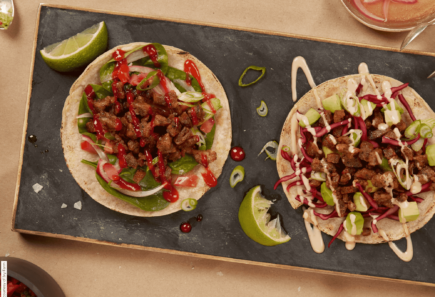
Research supports the term “cultivated meat”
Research conducted in December 2022 validates the use of “cultivated meat” over “cell-cultured meat” and other terms. Learn more in our fact sheet.

Cultivated meat: A growing nomenclature consensus
GFI Founder and CEO Bruce Friedrich explores the increased sector alignment around the preferred category name for meat produced through cellular agriculture.

Cultivated meat consumer trends in the United States
Explore insights on U.S. cultivated meat trends and uncover consumer awareness, motivations, barriers, and demographics in our concise fact sheet.

Linked Survey finds European consumers want freedom to choose cultivated meat
Surveys in 15 European countries find people believe food safety regulators should have the final say, despite moves to ban it in countries like Italy.
The cultivated meat industry
Since the first three CM companies publicly launched in the U.S., the Netherlands, and Israel in 2016, the industry has grown tremendously. There are now at least 174 cultivated meat companies around the world, with over three billion dollars raised in early funding rounds. There are now business-to-business companies specializing in serving cultivated meat producers.
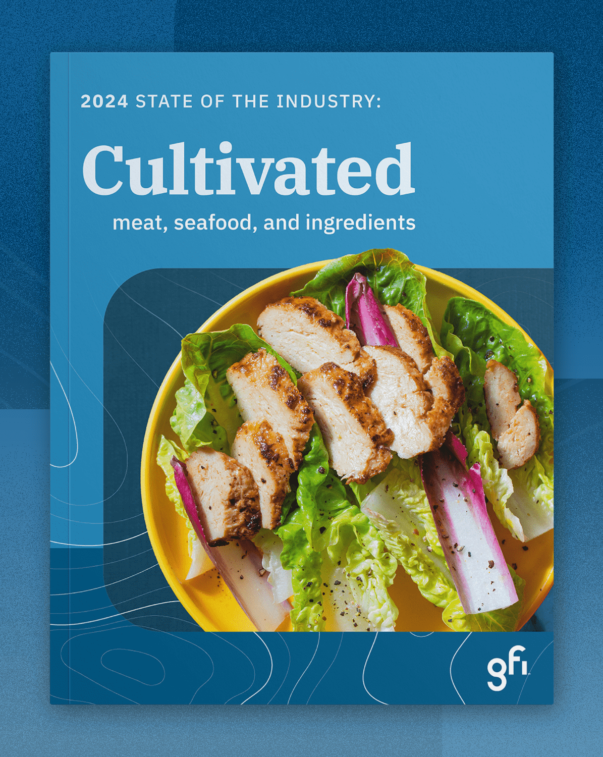
Resource
State of the Industry: Cultivated meat, seafood, and ingredients
This report details the commercial landscape, investments, regulatory developments, and scientific progress in the cultivated meat and seafood industry.

Page
The science of cultivated meat
Learn about the science of cultivated meat and the challenges that must be addressed for commercial production.

Discover cultivated meat research projects
Due to the gap in foundational research for alternative protein science, we work with a select group of generous donors to run a grant program for open-access research.
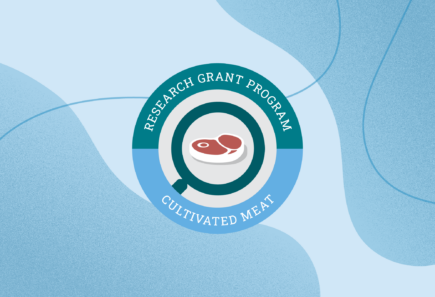
Multi-omic profiling for cultivated seafood

Model-guided optimization of alt protein

Fish culture microcarrier nutrient delivery
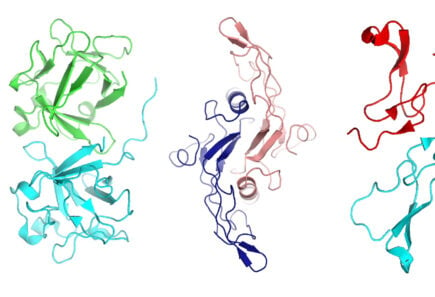
Lowering the cost of growth factors
Learn about Dr. Peter Stogios’ research engineering improved and lower-cost growth factors for cultivated meat at University of Toronto.
Getting governmental approval
Before cultivated meat comes to market in a country, a regulatory pathway must be in place. In many places, cultivated meat will be approved product by product. By the end of June 2025, there were seven total regulatory approvals for cultivated meat and seafood products across the United States, Singapore, Australia, and Israel. Additional cultivated meat products are under regulatory review in at least nine countries or regions, including the European Union, the United States, Singapore, Israel, New Zealand, Switzerland, the United Kingdom, and South Korea. Each of these countries has established robust regulatory pathways for cultivated meat, while others around the world are still in development.

Ensuring a clear path to market
Cultivated meat must have an efficient regulatory path to market to be successful. Learn how GFI advocates clear and efficient regulations.
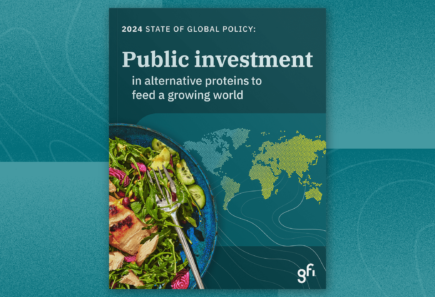
The State of Global Policy: Alternative proteins
Our annual State of Global Policy report tracks public investment in alternative proteins and showcases the actions governments take to position themselves as leaders in the field.
Making the case
GFI contributes to the regulatory process through expert comments and litigation. Through letters to the FDA and state legislators and governors as well as through participation in lawsuits, GFI helps level the playing field for cultivated meat.

Page
Addressing challenges of cultivated meat
Cultivated meat offers a sustainable option for genuine animal meat, but addressing key challenges through research is essential for its success.

Page
Cultivated meat media kit
Cultivated meat stands to transform our global food system. Learn the basics and dig into the latest updates on this game-changing protein alternative.
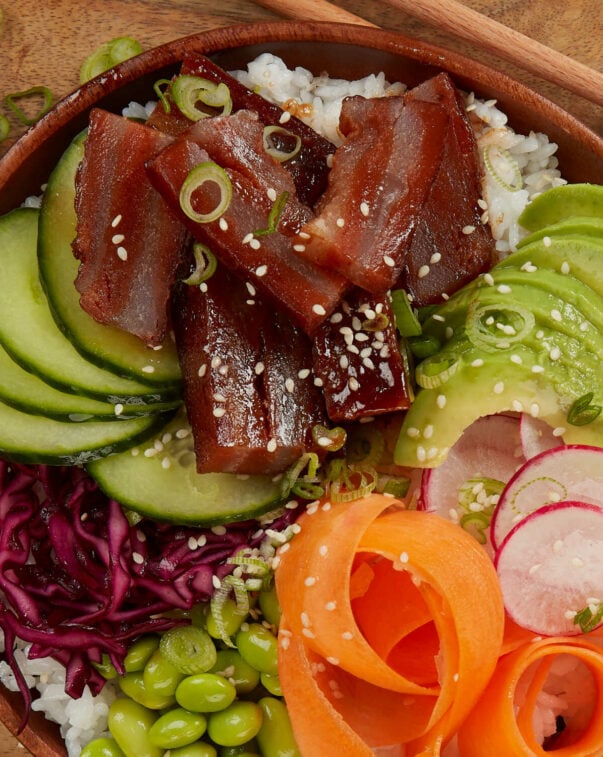
Page
Cultivated meat image library submission form
Contribute delicious images of cultivated meat to our library. Your licensed CC-BY photos of cultivated meat help generate accurate, appealing press coverage.
Expert perspectives
The cultivated meat field moves fast. We help keeps readers up-to-date through regular posts from our experts around the world.

Meet Sneha Singh, GFI India’s Managing Director
This profile is part of our new “People you should know” series, spotlighting alternative protein innovators and champions around the world.

Alt Protein Project Alumni: Where are they now?
Explore how Alt Protein Project alumni are building community, uplifting new ideas, and shaping their careers.

Let’s do this: How core values can fuel progress in 2025 and beyond
Our commitment to protein innovation keeps growing stronger, thanks to deep-rooted values and a global network driving change.
Three themes that capture our 2024
Going beyond the headlines to the people, places, and spaces advancing alternative proteins.

Support our work
Our research and insights are made possible thanks to our generous, global family of donors. Philanthropic support is vital to our mission. Connect with us today to discuss how you can help fuel this transformative work.
Header photo courtesy of JUST

To FDA on labeling of plant-based milk alternatives and voluntary nutrient statements
To HHS and USDA regarding the Scientific Report of the 2025 Dietary Guidelines Advisory Committee
To the Dietary Guidelines Advisory Committee on the benefits of alternative proteins